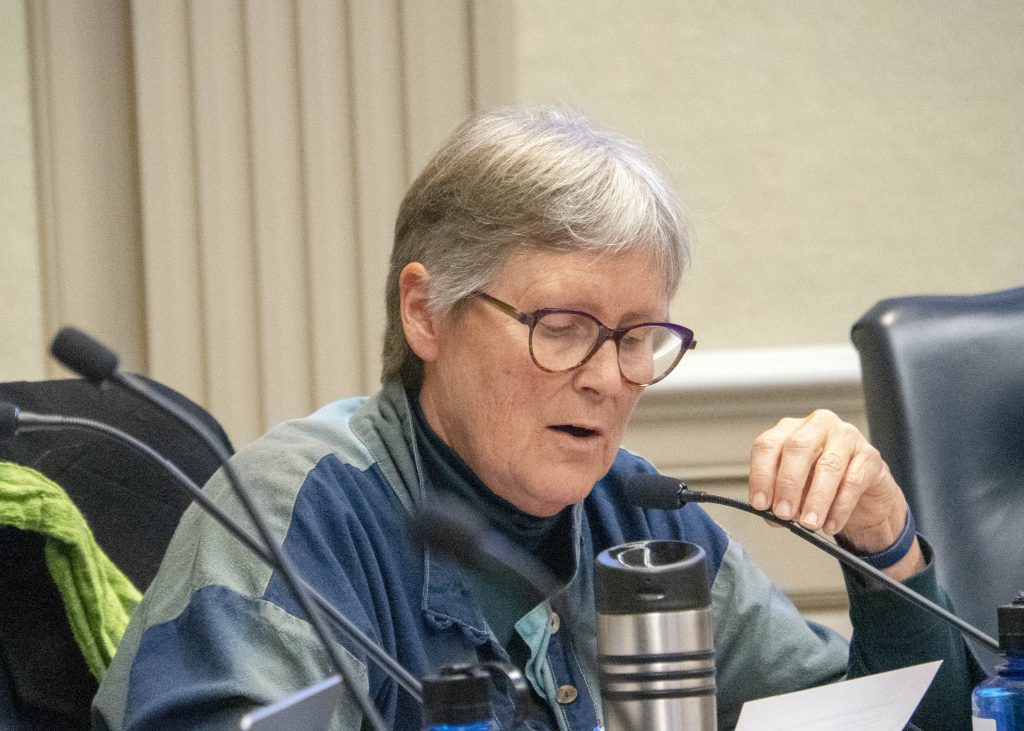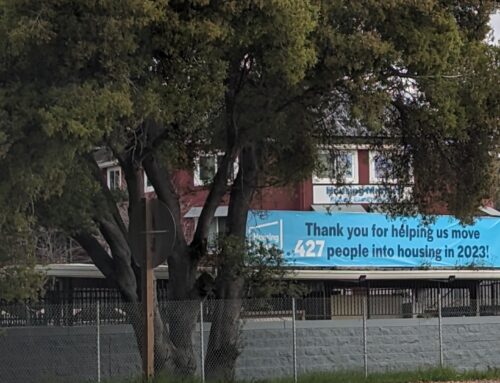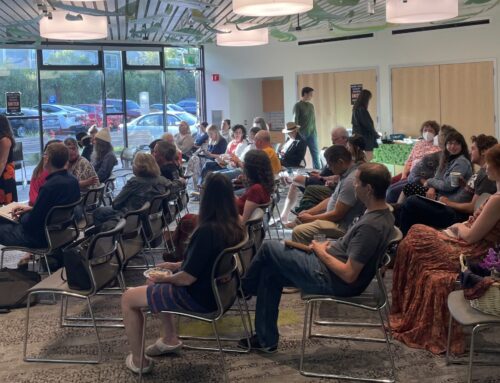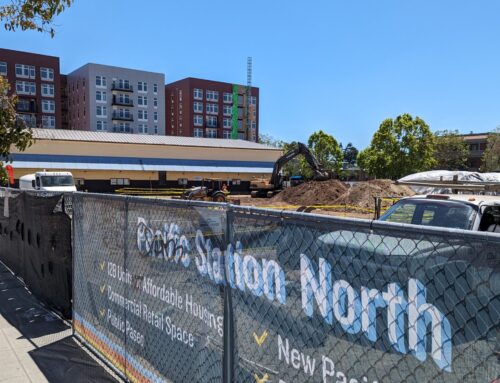SANTA CRUZ >> Thursday night at the Santa Cruz Planning Commission meeting, we got a preview of several questions that will be posed to the Santa Cruz City Council in December:
- How much affordable housing should the city require developers to build?
- Should that decision be based on an economic analysis?
Some members of the Santa Cruz City Council want to increase the number of affordable units that developers are required to include in market-rate projects. The requirement is called an inclusionary rate. The city now requires that developers offer 15% of new units to low- and moderate-income households at below market rate. The council will consider raising that inclusionary rate to 20% at its Dec. 10 meeting.
Setting the inclusionary rate is a balance. If the inclusionary rate is too high, then projects become too expensive and developers do not build. If the rate is too low, the city loses its chance to force a percentage of affordable units. As Santa Cruz Planning Director Lee Butler said in an interview for a previous Santa Cruz Local episode, “We’ve structured our policies to aim at the maximum level of affordability that still provides the minimum return for a developer that would make the project feasible for development.”

| Thursday, the Santa Cruz Planning Commission voted 4-2 to recommend that the Santa Cruz City Council consider an increase in the inclusionary rate only if a financial analysis is done. Commissioners Greg Pepping, Peter Spellman, Christian Nielsen and Julie Conway voted in favor. Conway, who made the motion, said that inclusionary rates work when they are “thoughtful, reasonable and stable” so that developers and their investors can better predict their costs and risks. “Inclusionary ordinances are the object lesson for the importance of stable public policy that must be changed slowly, thoughtfully and seldom,” Conway said. “That is, if the intention is to create affordable units.” Commissioners Andy Schiffrin and Miriam Greenberg voted against the motion. Schiffrin and Greenberg did not want a financial analysis. They wanted the council to raise the inclusionary rate to 20%. “I don’t have a lot of confidence in economic studies,” Schiffrin said. “They tend to show what the consultants and the staff and developers want. There are so many variables that go into whether a housing project is feasible or not.” Stay tuned for a podcast episode soon on what you need to know about inclusionary rates and why this decision matters. |
And in Santa Cruz Local news…
From Natalya Dreszer, our community engagement intern: Thanks to all of you who I met at Wednesday night’s Santa Cruz Young Professionals Mixer at Cruzio. It was so energizing to meet dozens of other young people who want to get involved locally.
One great story idea we got from attendees Alexia Garcia and Kilani Gaines: an episode on “Santa Cruz County elections 101” with info on when, where and how to vote, and how to understand the ballot.
Let us know by replying to this email if you agree with Alexia and Kilani and would like to hear this story. Please include what questions you might have about voting in Santa Cruz County.
If you’d like to reach Natalya, email her at [email protected]. We’d love an invitation to your community meeting or mixer.
As always, feel free to email [email protected] with any questions, comments or feedback.
Kara Meyberg Guzman & Stephen Baxter
Santa Cruz Local co-founders
Kara Meyberg Guzman is the CEO and co-founder of Santa Cruz Local. Prior to Santa Cruz Local, she served as the Santa Cruz Sentinel’s managing editor. She has a biology degree from Stanford University and lives in Santa Cruz.





